Sunday Apr 20, 2025
Sunday Apr 20, 2025
Thursday, 7 March 2019 00:00 - - {{hitsCtrl.values.hits}}
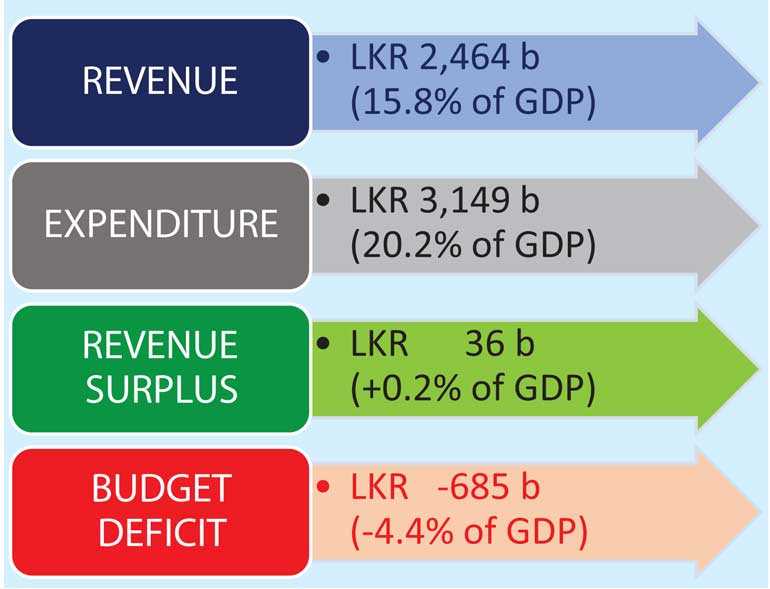
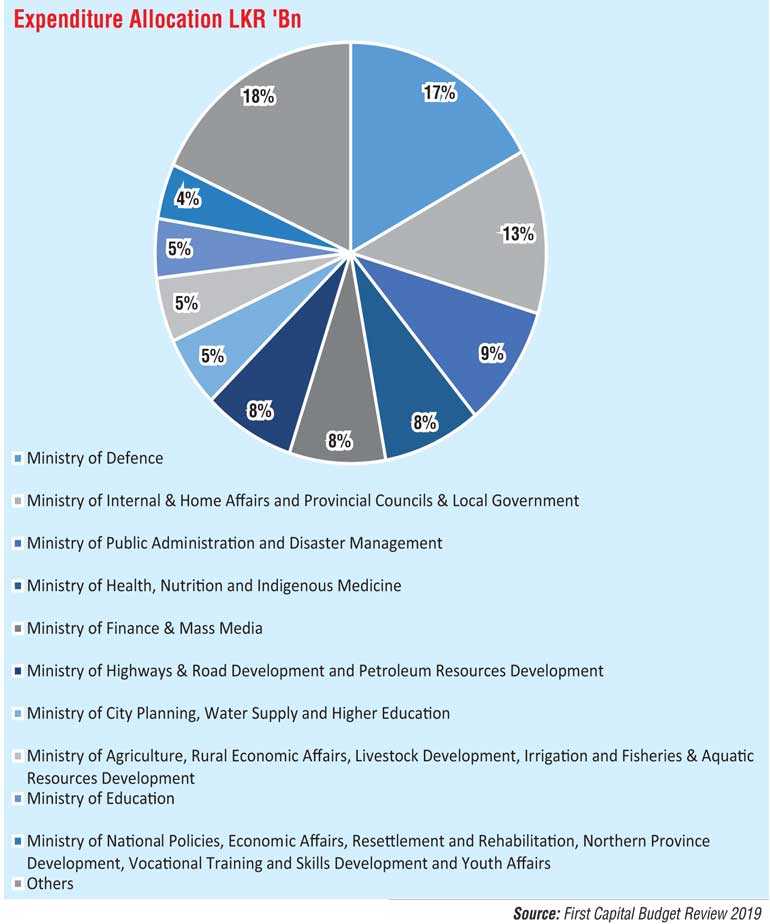
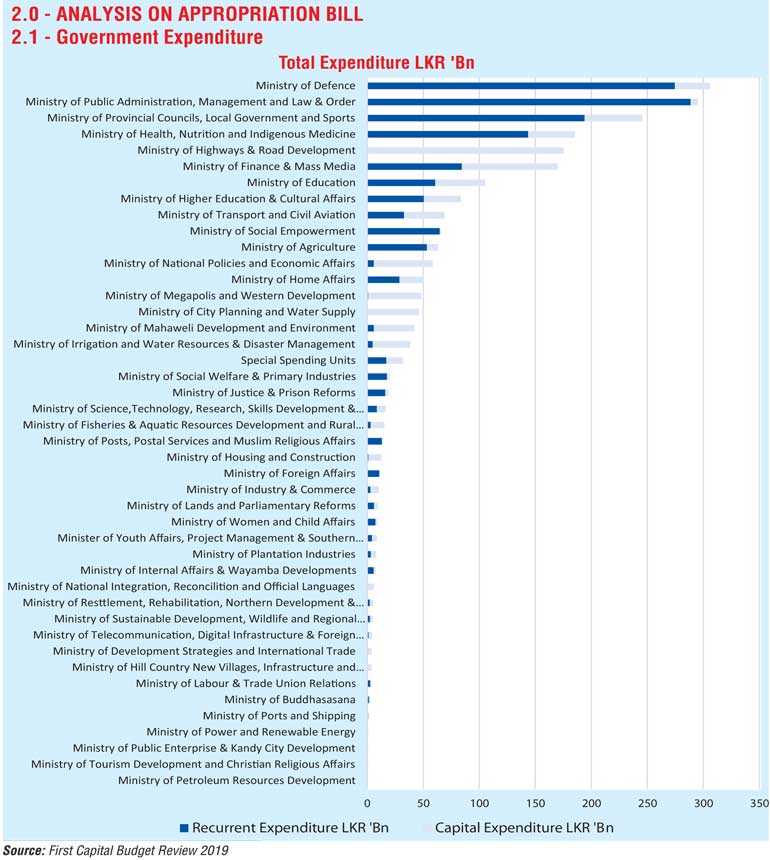
The Budget for 2019 focused on continuing its reform agenda though with a much slower liberalisation policy framework while taking measures to revive and strengthen the local entrepreneur. Heavy focus has been laid on promoting tourism together with investing in transportational infrastructure, education and housing whereas improving revenue collection and mobilisation remained priority. 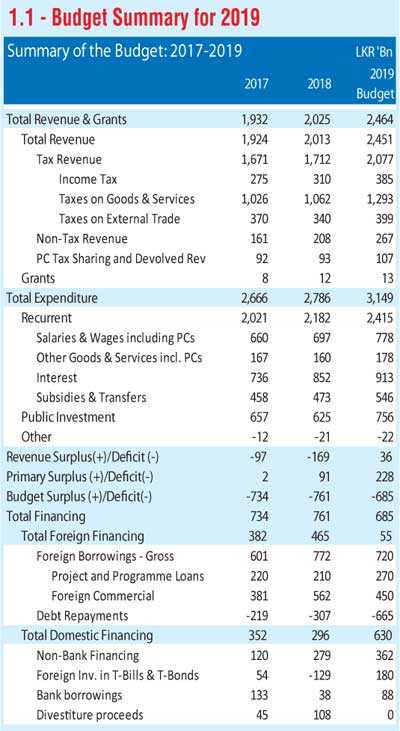
The Government plans on a sustained path of fiscal consolidation as it aims to enhance the revenue surplus it achieved in 2018 and reduce the budget deficit to 4.4% of GDP for 2019 while the Debt to GDP ratio is expected to improve to 77%.
1.0 Fiscal strategy
The Government’s fiscal strategy is on fiscal management with priority provided for sustained reduction of fiscal deficit and outstanding public debt via enhanced revenue mobilisation. Since 2015 revenue has regained upward momentum while deficit reduction is currently planned at a slower pace.
In previous years budget deficit of 3.5% was targeted as at 2020, but expectations have been reduced to 4.2% deficit in 2020 and finally reaching 3.5% in 2021. Nevertheless fiscal consolidation has continued with utmost focus despite 2019 being an election year.
2019 Budget tax increases are more widespread for the retail market while higher taxation has been targeted from cigarettes, alcohol and tobacco industries while vehicle taxation has also been increased. Though para tariff removal continues to be a focus point, it proposed to be implemented in staggered mode within a three to five year period.
The Government is expected to register a revenue surplus of 1.5% of GDP in 2019. Further, the budget deficit is anticipated to be reduced to 4.4% with Debt to GDP ratio expected to fall to 77.0%.
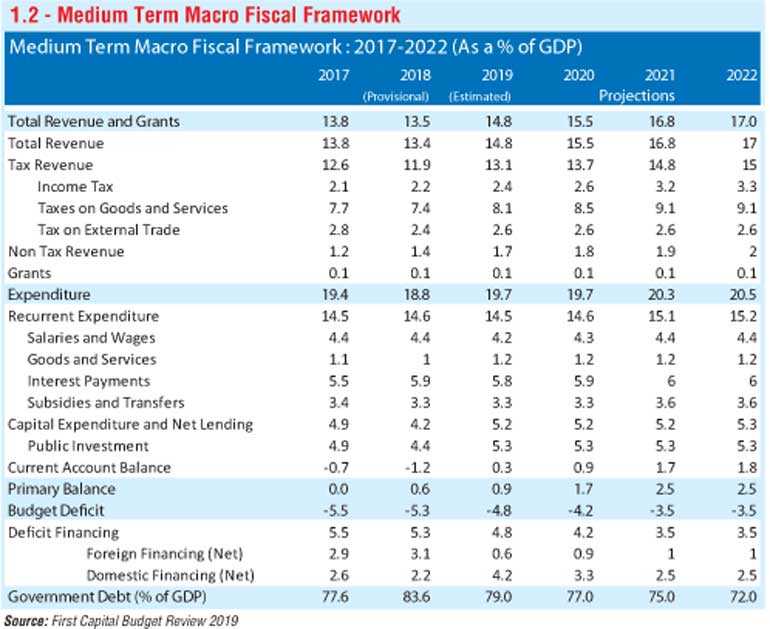
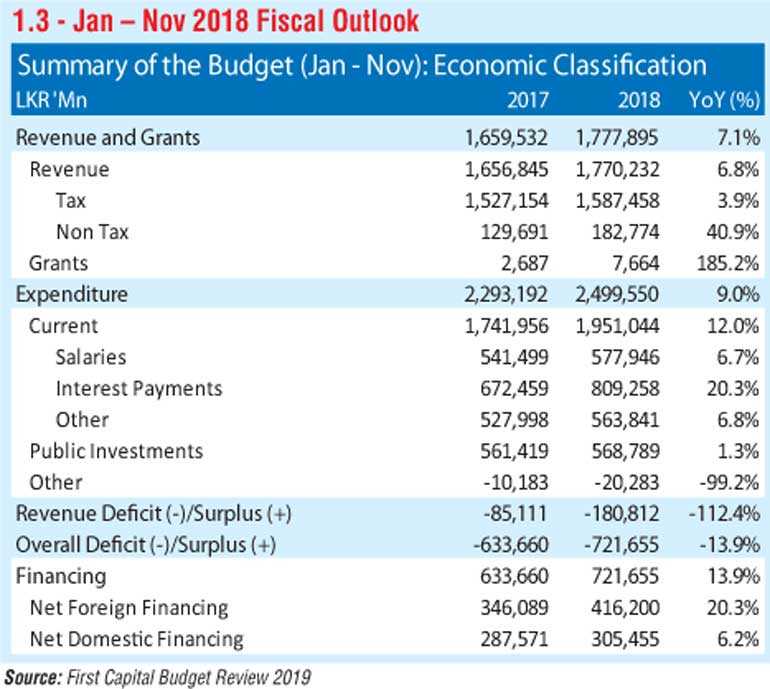
2.0 Analysis on Appropriation Bill
2.1 Government expenditure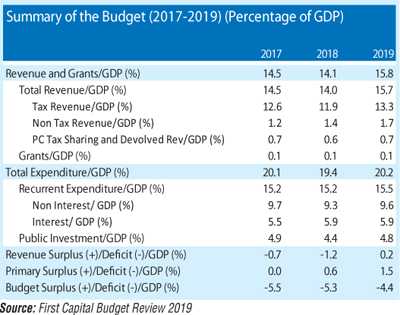
2.2 Government revenue changes for 2019
3.0 Budget and the capital market
3.1 Capital market developments – bills, bonds, corporate debt, equity
i. SEC will introduce a voluntary target of 30% of women in director boards of companies listed on the CSE. All listed companies shall disclose the percentage of women on their boards in their Annual Report.
ii. ii) By 31 December 2020 all listed companies that are unable to meet the 30% voluntary target will be required to disclose reasons for being unable to do so.
iii. By 31 December 2022 all listed companies shall have at least 20% of board seats occupied by women.
iv. By 31 December 2024 all listed companies shall have at least 30% of board seats occupied by women.
3.2 Budget 2019 and listed securities
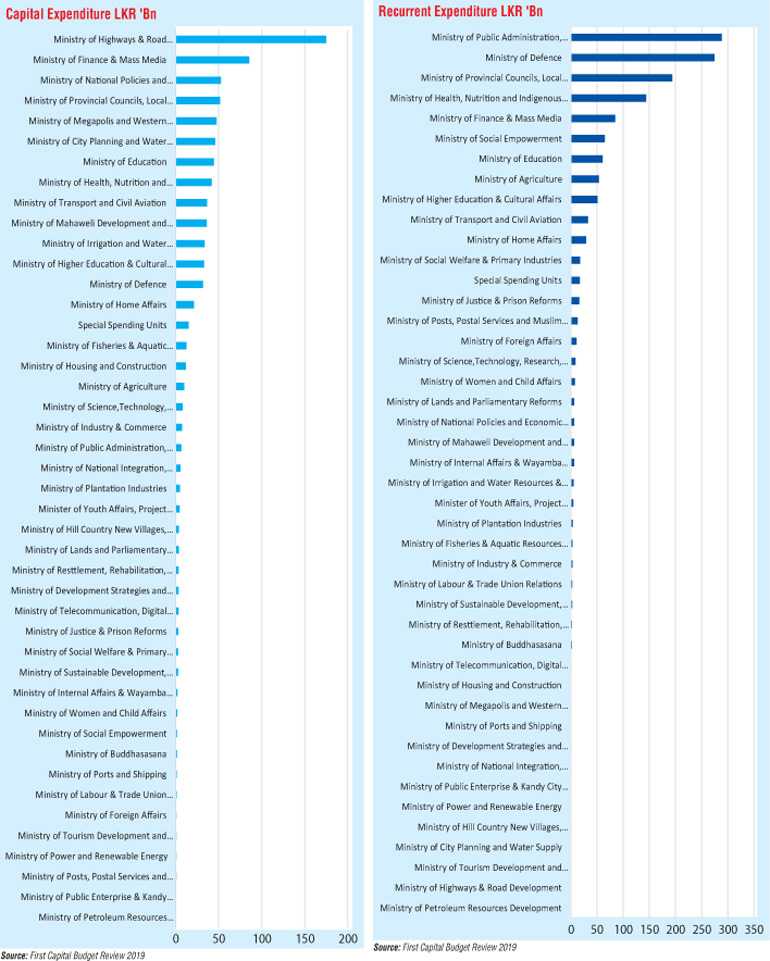


Discover Kapruka, the leading online shopping platform in Sri Lanka, where you can conveniently send Gifts and Flowers to your loved ones for any event including Valentine ’s Day. Explore a wide range of popular Shopping Categories on Kapruka, including Toys, Groceries, Electronics, Birthday Cakes, Fruits, Chocolates, Flower Bouquets, Clothing, Watches, Lingerie, Gift Sets and Jewellery. Also if you’re interested in selling with Kapruka, Partner Central by Kapruka is the best solution to start with. Moreover, through Kapruka Global Shop, you can also enjoy the convenience of purchasing products from renowned platforms like Amazon and eBay and have them delivered to Sri Lanka.
Discover Kapruka, the leading online shopping platform in Sri Lanka, where you can conveniently send Gifts and Flowers to your loved ones for any event including Valentine ’s Day. Explore a wide range of popular Shopping Categories on Kapruka, including Toys, Groceries, Electronics, Birthday Cakes, Fruits, Chocolates, Flower Bouquets, Clothing, Watches, Lingerie, Gift Sets and Jewellery. Also if you’re interested in selling with Kapruka, Partner Central by Kapruka is the best solution to start with. Moreover, through Kapruka Global Shop, you can also enjoy the convenience of purchasing products from renowned platforms like Amazon and eBay and have them delivered to Sri Lanka.